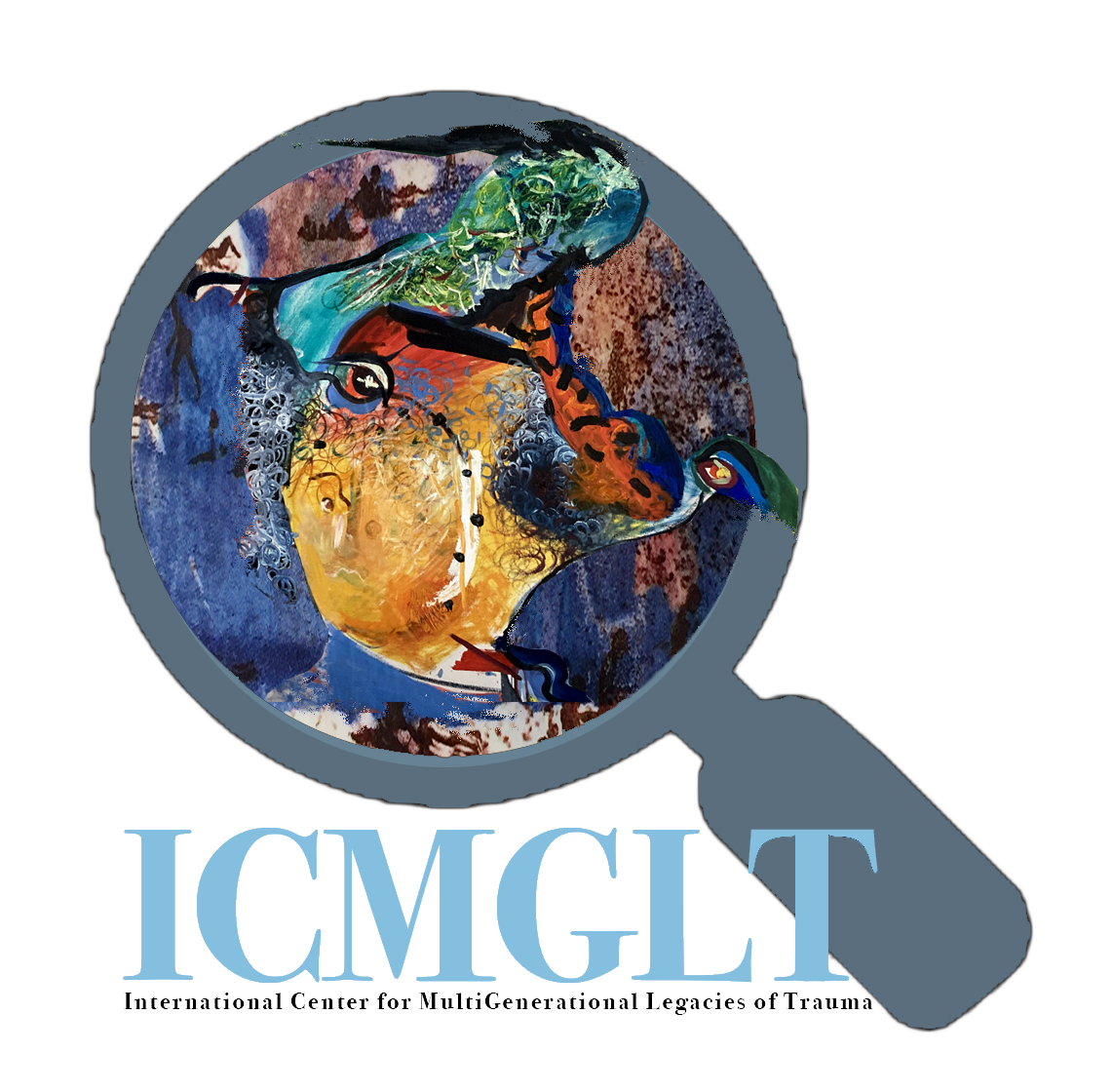Carthage is famed for its vast Mediterranean empire and its three bloody wars with Rome, which ultimately ended in utter destruction. But who were the Carthaginians? Partly because their capital was annihilated by the Romans, who then proceed to write the history books as victors are wont to do, we know precious little about the origins and distant past of the Carthaginians, or Punic people, as the Romans called them.
Now, a team of researchers has extracted the DNA of scores of people buried in ancient Punic settlements across the western and central Mediterranean, including Carthage itself, and has made a startling discovery.
It is widely recognized that the Punic settlements in the Mediterranean were first established almost 3,000 years ago by Phoenician traders who sailed from modern-day Lebanon. But by the time Carthage became a major power, its people had almost no genetic link to their Levantine founders, the study published Wednesday in Nature concludes.

Instead, it seems the Punic people were exceptionally diverse, and derived most of their ancestry from a genetic profile similar to that of ancient people from Sicily and Greece. The second major ancestry component came from local North African populations and steadily grew as Carthage’s political importance rose, the researchers report.
The finding is unexpected because, throughout the centuries, the Carthaginians maintained clear cultural links to their Levantine roots, speaking a semitic language, using the Phoenician alphabet and worshipping the Canaanite gods of their founders.
“This is the first known case where genetics shows a complete mismatch to cultural continuity,” says Prof. David Reich of Harvard University, a leading expert on ancient DNA and one of the scholars who led the new study.
- Who crushed the Carthaginians in Sicily 2,500 years ago? Not exactly the Greeks
- Smart Cooling System for Chariots Found in Carthage
- For Whom the ‘Bell Beaker’ Tolls: Archaeological Mystery Solved
The DNA analysis suggests that Carthage was the first biologically cosmopolitan civilization, essentially a cultural and religious “franchise” that the Phoenicians passed on to people with whom they had no genetic connection, Reich says. It also contrasts with what we know about the contemporaneous colonization of the Mediterranean by the Greeks, who competed with the Carthaginians and didn’t mix much with local populations in the settlements they seeded, he notes.
The researchers sequenced 210 genomes, mostly of ancient Carthaginians and a few from neighboring groups for comparison. The DNA samples came from skeletons buried at 14 Phoenician settlements in Iberia, Sicily, Sardinia, the Levant and North Africa, including Carthage itself.
The remains ranged in date between the 6th-2nd centuries B.C.E., going up to and beyond the destruction of Carthage in 146 B.C.E. at the end of the Third Punic War.
This date range is crucial because it misses roughly the first four centuries of the Phoenician expansion, leaving still many open questions on the origins of the Carthaginians. By the way, the reason for this gap in the data is that, until the 6th century B.C.E., cremation was the main form of burial in Phoenician colonies – so no DNA samples could be collected from the earlier period.

‘Phoenician’ is spelled ‘Canaanite’
We do know from historical records and archaeology that, in the early Iron Age, starting in the 10th-9th centuries B.C.E., traders from the prosperous Phoenician city-states, mainly Tyre and Sidon, began establishing overseas trading posts and colonies. They created the world’s first maritime trading empire, reaching as far as Spain, and spread the Canaanite alphabet across the Mediterranean (where it would morph into the Greek and Latin alphabets that we use today). But by the late Iron Age, from the 6th century B.C.E. onwards, the power of the Phoenician city-states waned, as they and the rest of the Levant came under the control of powerful empires: the Assyrians, the Babylonians and finally the Persians.
Meanwhile, one of Tyre’s former colonies in modern-day Tunisia, Carthage, became the dominant power in the central and western Mediterranean, vying for control of trade routes and territory with the Greeks, particularly in Sicily. This became the Punic empire that would challenge and almost bring Rome to its knees during Hannibal’s invasion of Italy, only to finally fall to the legions of the Roman Republic.

It’s at this point that we should note that there is really no such thing as the “Phoenicians.” This was a name used for them by the Greeks (archnemesis number one), possibly derived from the Greek word for purple, the precious dye on which these Levantine people held a virtual monopoly. The term “Punic” was simply a latinization of the Greek word used by the Romans (archnemesis number two), and neither was preferred by the Phoenicians themselves, explains Dr. Dalit Regev, an archaeologist with the Israel Antiquities Authority who was also part of the Mediterranean-wide hunt for Carthaginian DNA.
“Throughout time” – Regev says – “these people call themselves Canaanites,” the umbrella term for the Bronze Age inhabitants of the Levant who are considered the ancestors of multiple ancient peoples, including the Phoenicians and the Israelites.
“When they had bilingual inscriptions, in Greek it would say ‘Phoenicians,’ and in the Phoenician script it would say either ‘Canaanites’ as a general term or ‘Sidonians,’ ‘Tyrians’ and so on if they were identifying themselves by their city of origin,” Regev says. There are texts in North Africa where this identifcation as Canaanites survives through Christian times in the 5th century C.E. and up to the Islamic conquest, she notes.

My big fat Greek gene pool
All of this only highlights how suprising for the researchers it was that a people who strongly identified as Canaanites had little or no genetic connection to the Levant.
Phoenicians sampled in Beirut, Sidon and Ahziv – a Phoenician settlement on the northern coast of modern-day Israel – are genetically close to their Levantine neighbours and earlier local groups in the Bronze Age, says by Dr. Harald Ringbauer, a population geneticist at the Max Planck Institute for Evolutionary Anthropology in Leipzig, Germany, and the lead author on the new study.
But that does not seem to be the case for the Punic people, that is, those cultural Phoenicians who inhabited the central and western Mediterranean and whose genome is instead closest to that of Sicilian and Aegean populations from the Bronze and Iron Ages.
Where, when and why this genetic shift occurred is unclear, largely because of that gap in the data caused by the early Phoenician practice of burning the dead.

We also don’t know exactly where this new gene flow came from because we can’t really distinguish between the DNA of Aegeans and native Sicilians in this period, Reich says. Was this a direct migratory wave of culturally Greek people who “went Phoenician”? Or was it the result of earlier mixing of Mycenean Greeks and native Sicilians in the Bronze Age, who then transmitted their genes to the Punic colonizers of the Italian island? We just don’t know, Reich says.
The most likely scenario is that the original Phoenician founders of the Punic colonies in the central and western Mediterranean were few in number and, over the generations, their Levantine ancestry was replaced by that of other populations, says Prof. Ilan Gronau, a computer scientist and population geneticist from Reichman University in Herzliya who co-led the study. The Punic colonies may have been so successful that they attracted local migrations, while the decline and loss of independence of the Phoenician city-states in the Levant may have reduced or eliminated any population flow from them, resulting in the original Levantine ancestry being “flushed out”, Gronau says. “It’s still there but it’s at very low frequencies that we can’t detect with the data and methods we are using,” he adds.
Most likely, the mixing occurred initially in Sicily and North Africa, where there was more contact between the Greek/Sicilian population and Phoenicians, and then spread to Sardinia, Iberia and other Punic holdings, Ringbauer says.
The later and secondary addition of North African ancestry likely has to do with the rise to prominence of Carthage as the capital of the Punic empire, the researchers note. But what is unusual is that this “radical mix” occurred pretty homogenously across the empire: it’s not that the Phoenicians in Sicily mixed with the local Sicilians and Greeks, while the ones in Tunisia intermarried with Africans. The genetic analysis shows that this population churn was constant and spread all over the empire. This is likely connected to the great mobility of the Carthaginians who created a “Mediterranean highway” of maritime trade, Ringbauer says.
Further evidence of this mobility is that within the roughly 200 genomes the researchers reconstructed, there were several cases of distant relatives who hailed from different parts of the empire, including two individuals who were second or third degree cousins, with one coming from Birgi in Sicily and the other from Kerkouane, in Tunisia.

Homer, repent
While close genetic links have never stopped humans from going to war with each other, it’s fair to note that there are some historical ironies in the discovery that Punic people were so closely related to the Greeks, with whom they fought for three centuries for supremacy over Sicily. Perhaps the poet Homer, who in the Odyssey called the Phoenicians “greedy knaves who bring countless trinkets in their black ship,” would now wish to revise his harsh judgment.
Conversely, the Greek historian Herodotus recounts that when, in the late 6th century B.C.E., the Persian rulers of the Levant ordered the Phoenician fleet to set sail to conquer Carthage the Phoenicians refused to comply, saying they would never fight against their kin.
This story makes sense, because despite the apparent genetic disconnect, the Punic culture remained, throughout history, almost indistinguishable from its ancestral Phoenician roots, especially when it comes to religion, Regev says.
Phoenicians and Carthaginians used the same set of red-painted pottery vessels for rituals; worshipped Baal, Astarte (translated to Baal Hammon and Tanit in Carthage) and other Canaanite deities; had theophoric names that included those deities and shared the same language and script, Regev notes.
Ultimately, the outsize success of this Phoenician cultural package may explain the parallel downfall of its genetic lineage, Gronau says.
“Our intuitive expectation is that if a culture is successful then its carriers will also be successful breeders and will spread their genes,” he says. “But maybe if a culture is successful, then the actual genetics of the people who brought it will be swamped because it will spread among those who have no original connection to it.”
The spread of Phoenician culture and religion can best be described as a franchise, Reich suggests.
“When a company expands, it doesn’t necessarily send its people into a new place; a local person buys the franchise and adopts the entire cultural complex, even though they are not derived from it,” he tells Haaretz in a phone interview. “This seems to be what we are seeing: people of diverse ancestry adopting Canaanite culture, calling themselves Canaanites, remembering being Canaanites and practicing Canaanite religion.”
From Carthage to NYC
This decoupling of genetic and cultural identity has since been repeated many times throughout history. Ironically, the Roman conquerors of Carthage successfully spread their culture far and wide across their own empire, amongst populations that had little or no genetic links to Italic peoples. The Vikings of the early Middle Ages were also apparently very genetically diverse, recent research has shown. Other examples include Christianity and Islam, whose spread, even when violent, didn’t usually include major population replacements, the researchers say.
And of course, there is still a major ongoing debate, often colored by less-than-sound political implications, on the degree of genetic connection between modern Jewish people and the original Israelites who lived in the ancient Levant, Reich notes.
Ultimately, the Carthaginians may have been the first to stumble into a new way of transmitting and spreading culture, one that is at work still today in modern cosmopolitan and highly genetically diverse urban centers like New York or London. And this extraordinary finding highlights again how little we know about the Punic people, whose surviving history was written mainly by their Greek and Roman enemies, and how many more discoveries about them may still be lying in wait.




